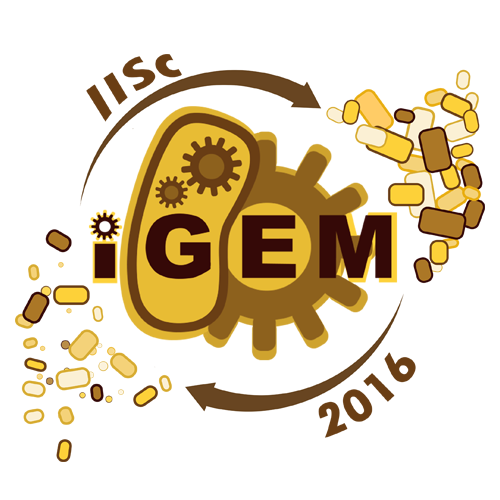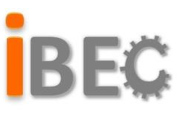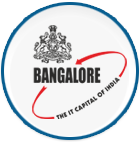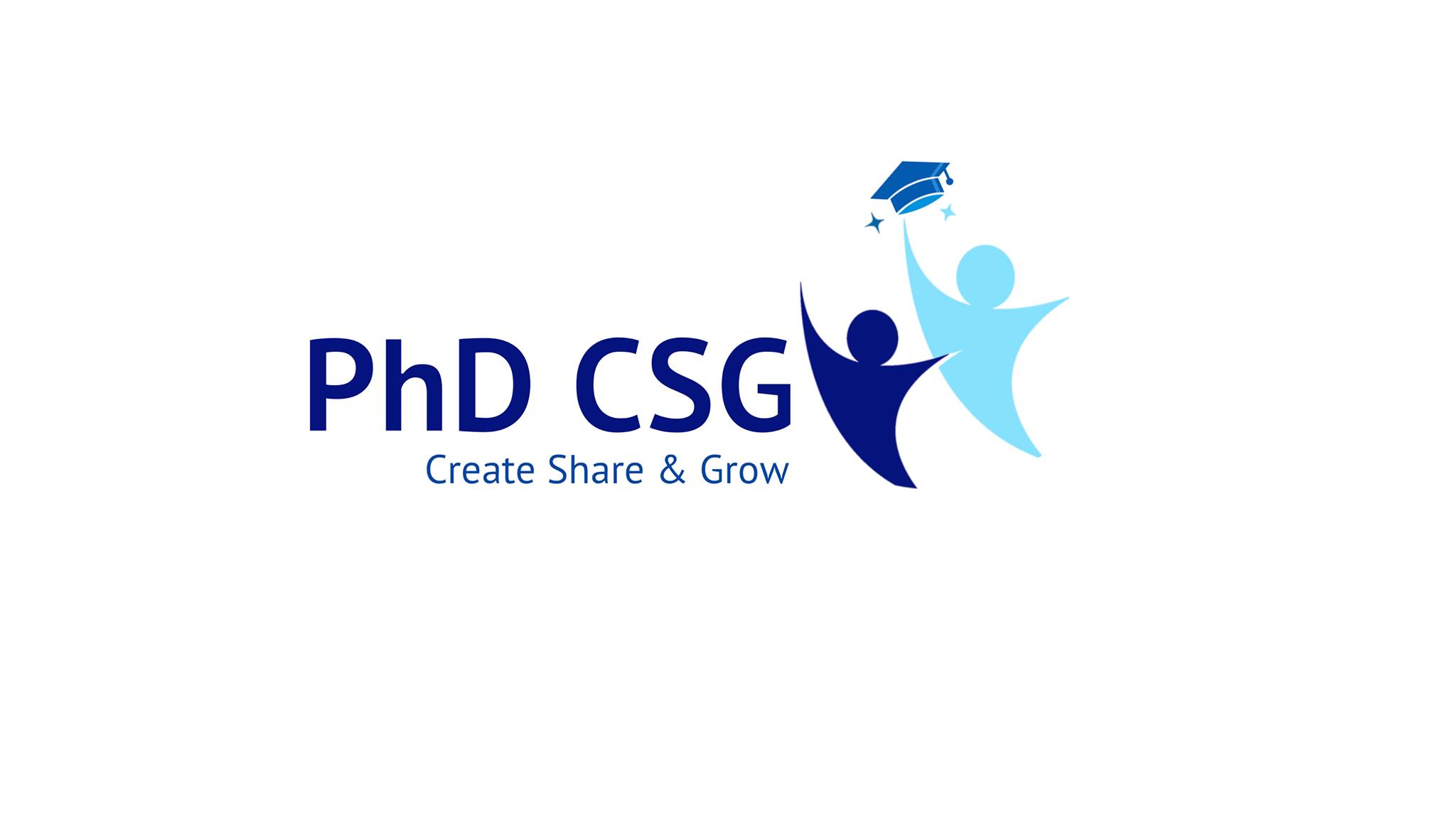Summary
Our team delivered talks on biotechnology and our project to over 400 students across 3 cities. Subsequently, we conducted a survey to gauge the students' understanding of the talk and the importance of the problem addressed by our project.
We presented a poster at the poster session by the institute's undergraduate science club. The audience consisted mainly of freshman year students; the director, dean, and several faculties turned up too.
We participated in an Indian iGEM meet where we presented our idea in great detail to students and faculty of the host institution and other iGEMers.
We delivered a presentation to top government officials in our state's department of biotechnology about our project. This was of importance as the "biotechnology parks" installed by the government are ill-equipped and our project could enable the use of these facilities for complex biotechnology applications. We received ~$9000 from them towards our project.
Presentation at school
We made presentations introducing genetic engineering to students of class 11 and 12 (equivalent to high school sophomores and seniors respectively) in 5 different schools across 3 different cities.
Broadly, the presentations had 3 parts:
a. Definitions of some basic terms used in genetic engineering such as gene, promoter, operator, inducer, reporter etc and how to put together these modular components in constructing genetic circuits.
b. A simple, binary framework for quantitatively analyzing the outputs of simple genetic circuits.
c. Introduction to iGEM, our project, and some previous years' projects.
In enhancing the awareness of high school students about genetic engineering and iGEM, most teams undertake some form of a. and c.; however, we think we stand out by including b., a technique by which students would be able to quantitatively predict the output of the circuits they construct. The objective was to convey that genetic engineering is a diverse area with inputs from biological and more abstract areas of science and engineering.
The presentation was followed by a questionnaire presented to the audience to see how the presentation changed the audience's knowledge of the topics (related to our iGEM project) and their views about the importance of the question addressed by our iGEM project.This was to assess the level of knowledge and understanding of the students, this information will be put to use in forthcoming years to decide the choice and complexity of topics to present to school students. Additionally, the survey also told us how society perceives the problem we chose and if we would have to work to change their opinions on the importance of the problem.
There was a collaboration during the presentations in Chennai, the city in which the collaborating college, SVCE, is located. The point of the collaboration was that the iGEM projects of both the teams could be presented to the students and since our projects were quite different (ours was basic while theirs was applied research) and we could give the students exposure about the challenges in both these types of projects.
Govt. of Karnataka
We had a sit down on July 27th, 2016 with top officials at the Government of Karnatakaâs (GoK) (the state in which our institute is located) department of Information Technology, Biotechnology and Science and Technology and presented to them our idea and its applications.
We presented our project and its possible implementation in the government biotechnology parks which are lacking in machinery for automation and downstream processing, some of these processes can be performed by our BioBricks, which can effectively replace or supplement these expensive machines. Education of our governmental representatives is the quickest and surest way of ensuring change. Thus, the intent was to convince our government representatives of the need for enhancing the current government biotechnology facilities and a possible means of doing the same.
The novelty of using Ag43 for clarification of cell cultures and using this to replace or supplement energy and capital expensive centrifuges and its application in conjunction with auto-induction using quorum sensing made our idea patent worthy in their opinion and hence, to continue our research, the GoK's biotechnology department granted us ~$9,000 towards consumables for our project.
Science Club Presentation
We prepared and presented a poster at the poster session by the Indian Institute of Scienceâs undergraduate science club on September 10, 2016. The audience consisted mainly of freshman year students. The director, undergraduate deans and several other faculties also attended the event.
The poster explained the motivation behind our project, the different modules of our project and how they worked, methods of assembling BioBricks, the parts we had characterized, the InterLab measurement and introduced the iGEM competition. The intention was to expose our peers to our project and inform them of the existence of the iGEM competition to motivate the freshmen to form their own team and ensure an unbroken succession of teams from our institute and also to obtain feedback and suggestions from faculty members.
The turnout for the event was around 150 people. Like any normal poster session, after each round of presentation, questions were taken and the audience was asked to give their comments in writing. The PDF of the poster presented there can be found here. The poster has been displayed below:








